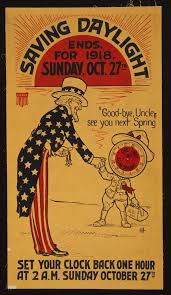Cumberland: What’s in a Name?
/From Harry Lane’s Tennessee Memories
Prince William, Duke of Cumberland
Today’s excerpt from Mr. Lane’s writings is short but he touches on a term we routinely use, calling our plateau home “the mountain”, so I wanted to be sure to include it. I’d love to hear your comments below.
The origin of this name lies in England; the name was first applied in Tennessee when a section of what is now the Cumberland Plateau was name the Cumberland Mountains in honor of the Duke of Cumberland.
Ambiguity has arisen across the years and has continued in the application of the name. The name Cumberland Plateau is applied to the southern section of the Appalachian Plateaus, from Kentucky through Tennessee and into northern Alabama. The section of the Appalachian Plateaus in West Virginia, eastern Ohio, Pennsylvania, and southern New York is called the Allegheny Plateau.
On the other hand, there is a very rough, irregular, high section of the Cumberland Plateau – the original part of which the name was first applied – that is still known as the Cumberland Mountain. Making things a big more confusing is the fact that many Highland Rim citizens refer to any part of the plateau as “the mountain.” “Up on the mountain” is a commonplace expression on the Rim.
The Cumberland River flows across the Plateau in Kentucky and Tennessee leaving the plateau to cross the Highland Rim and the Central (Nashville) Basin, finally flowing back across Kentucky and entering the Ohio River not far from the mouth of the Tennessee River. The river mouth is distant from the territory originally called Cumberland.











